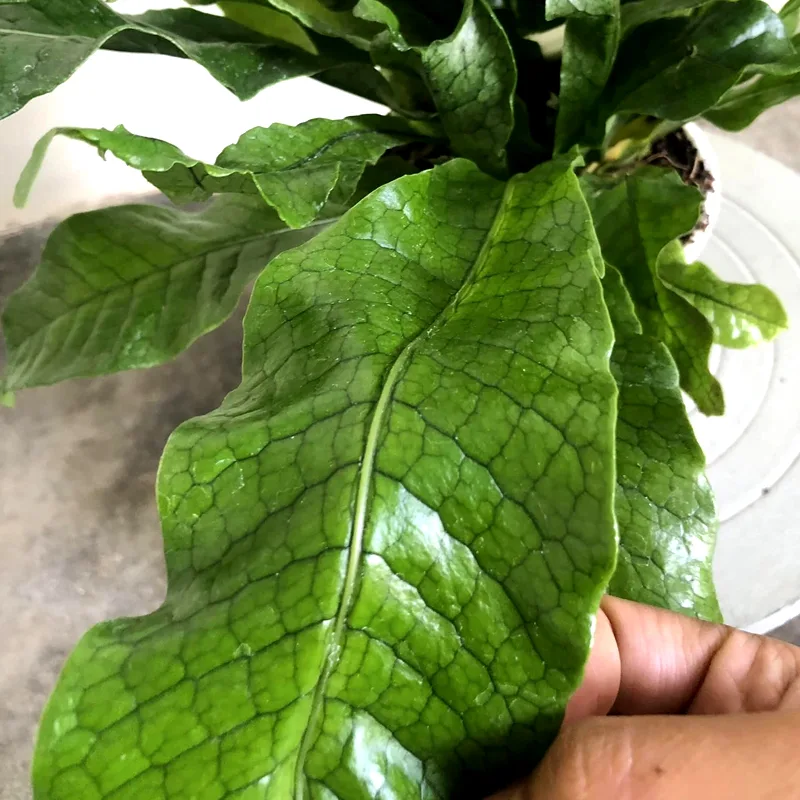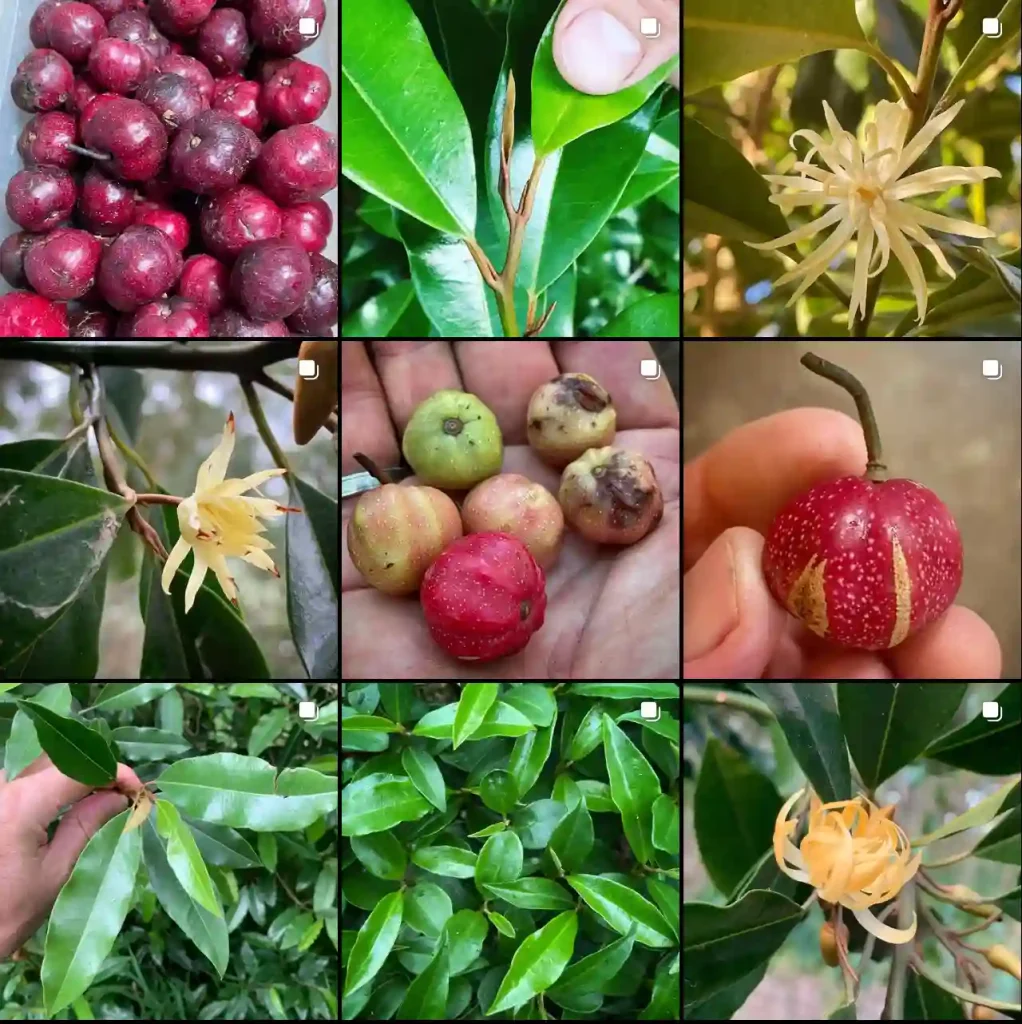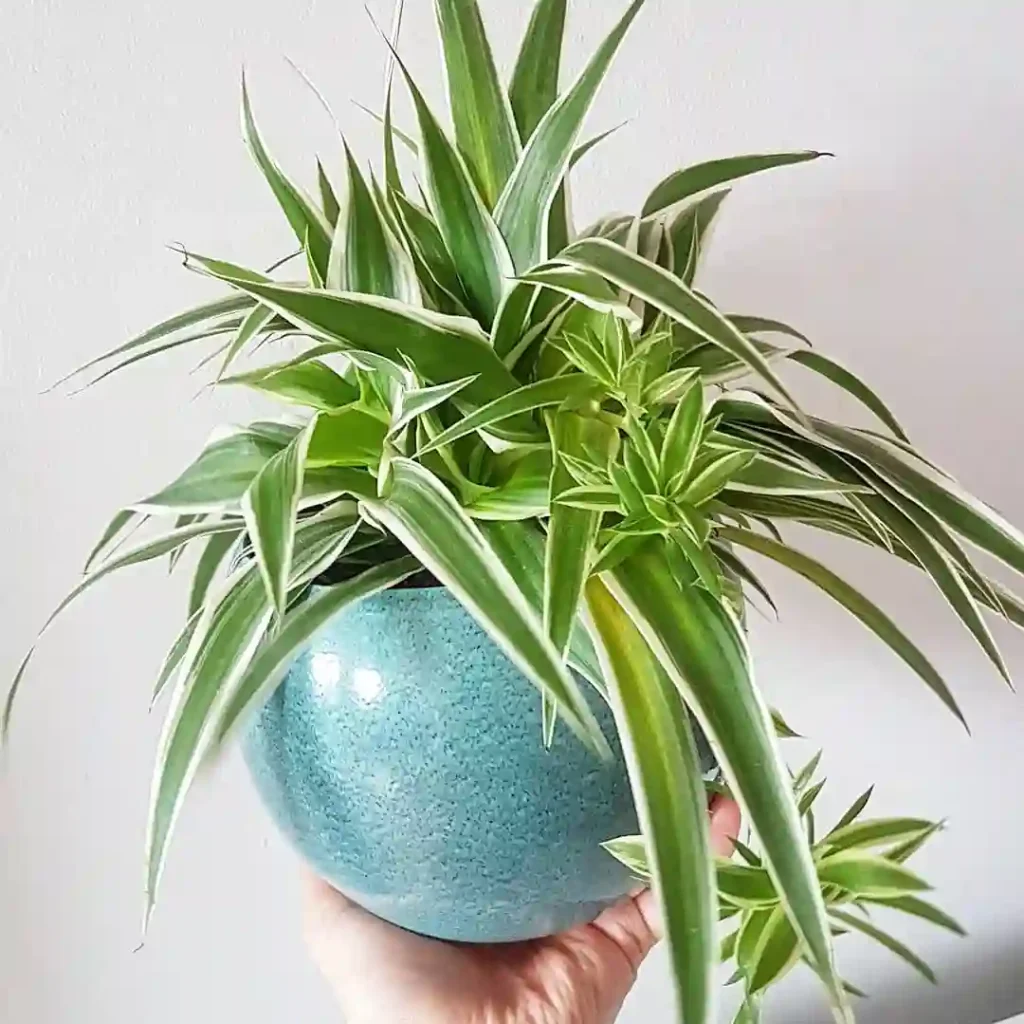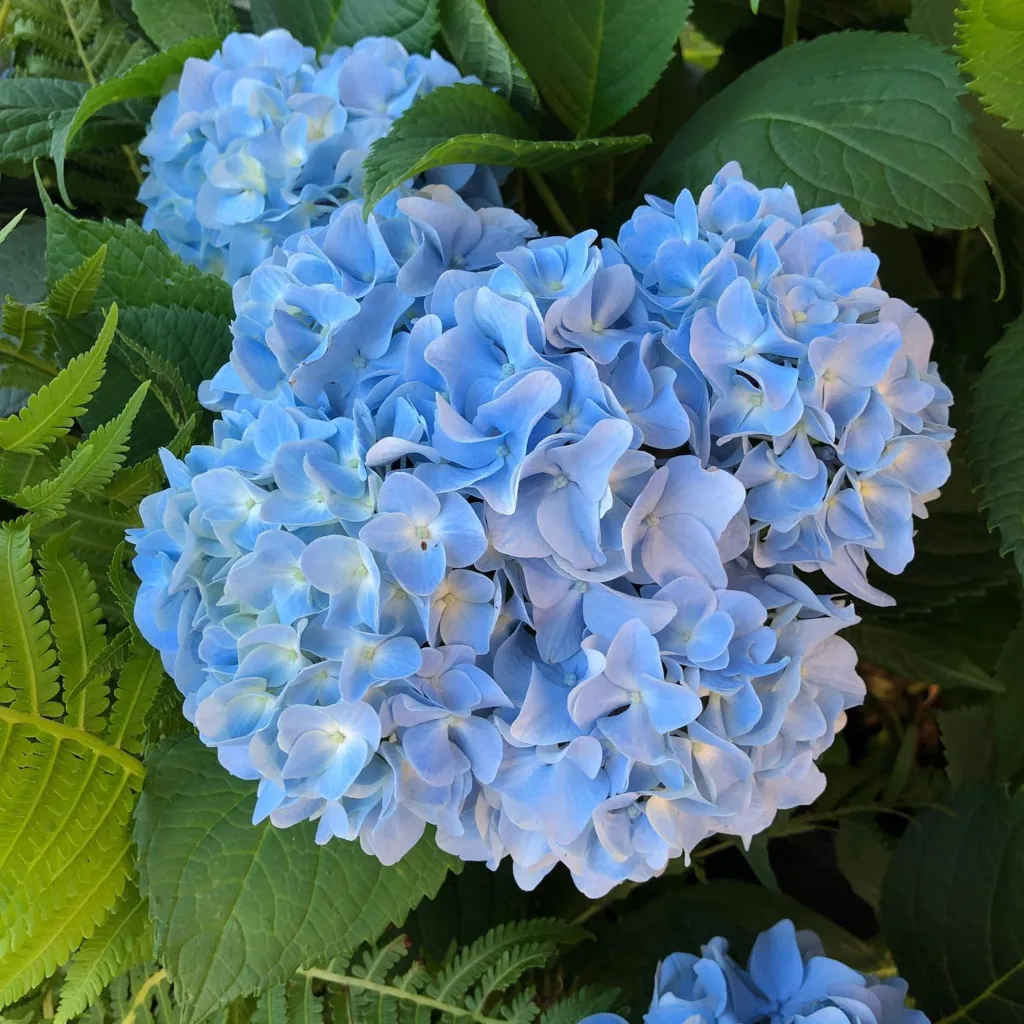Nepenthes Villosa: A Highland Carnivore for Discerning Growers
Hello, carnivorous plant enthusiasts! I’m Ferb Vu, and today we’re diving deep into the fascinating world of Nepenthes Villosa. This alluring pitcher plant, with its captivating crimson pitchers and ferociously toothed peristome, has captivated growers for years. But is it the right fit for your collection? Let’s unearth the essential details about this unique Nepenthes.
Plant Family: Nepenthaceae – 207 Species in Genus Nepenthes
Where Does Nepenthes Villosa Hail From?
Nepenthes Villosa is a true mountain dweller, calling the Kinabalu and Tambuyukon mountains of Borneo home. These highlands provide a cool and humid environment, crucial for this Nepenthes’ well-being. Imagine Nepenthes Villosa clinging to mossy branches, its pitchers catching unsuspecting insects amidst the misty mountain air.
The Allure of the Pitcher: Size, Shape, and Color
Nepenthes Villosa boasts squat pitchers, unlike the long and slender varieties found in some species. In the wild, these robust pitchers can reach a height of 25 centimeters, making them quite the statement plant. But the true eye-catcher is the color. The pitchers are adorned with a vibrant orange-red hue, a fiery contrast to the surrounding greenery.
And then there’s the peristome. This is the fringed rim around the pitcher’s mouth, and in Nepenthes Villosa, it’s a showstopper. Lined with formidable teeth, it resembles a miniature sawblade, a testament to the plant’s predatory nature.
Nepenthes Villosa vs. Nepenthes Macrophylla: A Tale of Two Carnivores
Nepenthes Macrophylla is another popular carnivorous plant, often compared to Nepenthes Villosa. Both share a similar pitcher shape and a love for cool environments. However, Nepenthes Macrophylla is generally considered less demanding. It tolerates slightly warmer temperatures and can adapt to a wider humidity range. Additionally, Nepenthes Macrophylla pitchers tend to be longer and more slender than those of Nepenthes Villosa.
So, which one to choose? If you can provide the cooler temperatures and higher humidity Nepenthes Villosa requires, it will reward you with its stunning appearance. However, if you’re a beginner or your environment leans towards the warmer side, Nepenthes Macrophylla might be a more forgiving option.
How to care for Nepenthes Villosa?
Nepenthes Villosa isn’t for the faint of heart. As a highland Nepenthes, it thrives in cool conditions. Daytime temperatures should ideally range from 16 to 27 degrees Celsius (60 to 81 degrees Fahrenheit), with nighttime dips as low as 6 to 17 degrees Celsius (42 to 63 degrees Fahrenheit). If your climate leans towards the tropical, creating a terrarium environment might be necessary.
Humidity is equally paramount. Nepenthes Villosa craves a consistently high humidity level, ideally above 70%. This can be achieved using a humidifier, a pebble tray filled with water, or by grouping your Nepenthes with other humidity-loving plants.
Nepenthes Villosa prefers consistent moisture, but avoid soggy soil. Use a well-draining potting mix specifically designed for carnivorous plants. Watering with rainwater or distilled water is crucial, as tap water can contain minerals that harm the plant.
While Nepenthes Villosa obtains some nutrients from its captured prey, occasional feeding can be beneficial. Supplement its diet with small insects like bloodworms or mealworms, but avoid overfeeding.
Patience is Key: Nepenthes Villosa and Propagation
Nepenthes Villosa is a slow grower, so don’t expect overnight results. However, with proper care and a bit of patience, you’ll be rewarded with a healthy and captivating plant. Propagation is typically done through stem cuttings, but it’s a more advanced technique best left to experienced growers.
The Final Verdict: Is Nepenthes Villosa Right for You?
Nepenthes Villosa is a stunning carnivorous plant with specific needs. It thrives in cool, humid environments and requires dedicated care. But for those who can provide the ideal conditions, this Nepenthes offers a unique and rewarding growing experience. So, if you’re an experienced grower seeking a challenge, Nepenthes Villosa might just be the perfect addition to your collection.
Remember, thorough research and understanding a plant’s specific needs are vital for success. With the right knowledge and a touch of dedication, you can cultivate a thriving Nepenthes Villosa that will be the envy of any carnivorous plant enthusiast.
If i die, water my plants!



